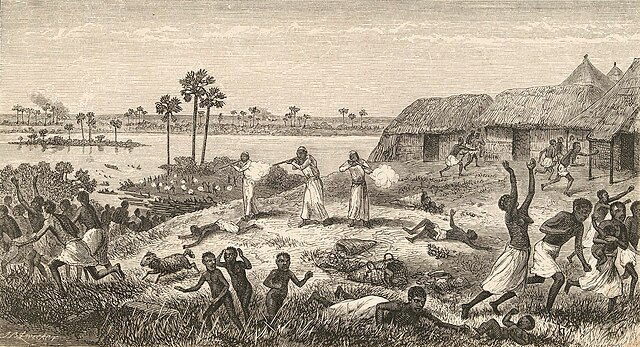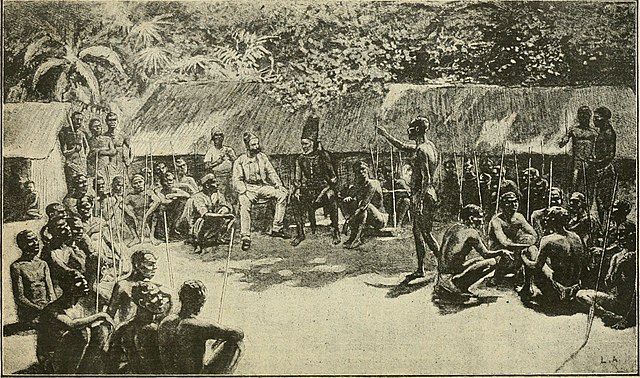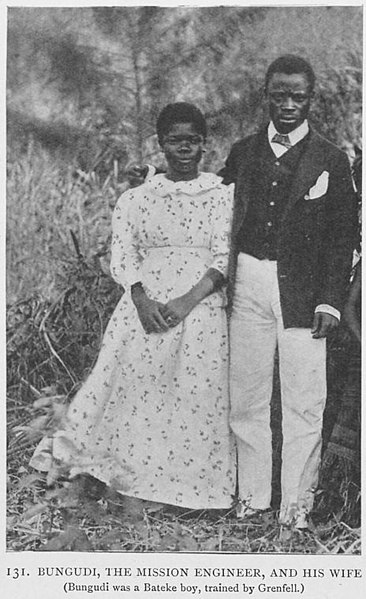Joseph Kasa-Vubu, alternatively Joseph Kasavubu, was a Congolese politician who served as the first President of the Democratic Republic of the Congo from 1960 until 1965.
Kasa-Vubu at the Belgo-Congolese Round Table Conference, January 1960
Kasa-Vubu with the outgoing Governor-General of the Congo, Hendrik Cornelis, before the latter's departure from the country, July 1960.
Kasa-Vubu during a 1963 visit to Israel, with the President Zalman Shazar
Kasa-Vubu with Colonel Joseph-Désiré Mobutu in 1961
Democratic Republic of the Congo
The Democratic Republic of the Congo is a country in Central Africa. By land area, the DRC is the second-largest country in Africa and the 11th-largest in the world. With a population of around 105 million, the Democratic Republic of the Congo is the most populous Francophone country in the world, and the fourth-largest in Africa. The national capital and largest city is Kinshasa, which is also the economic center. The country is bordered by the Republic of the Congo, Central African Republic, South Sudan, Uganda, Rwanda, Burundi, Tanzania, Zambia, Angola, the Cabinda exclave of Angola, and the South Atlantic Ocean.
Arab slave raid on Nyangwe, circa 1870
View of Leopoldville Station and Port in 1884
Congo Free State official Camille Coquilhat with the Bangala chief Mata-Buiké in c. 1888
1908 photograph of a married Christian couple.








